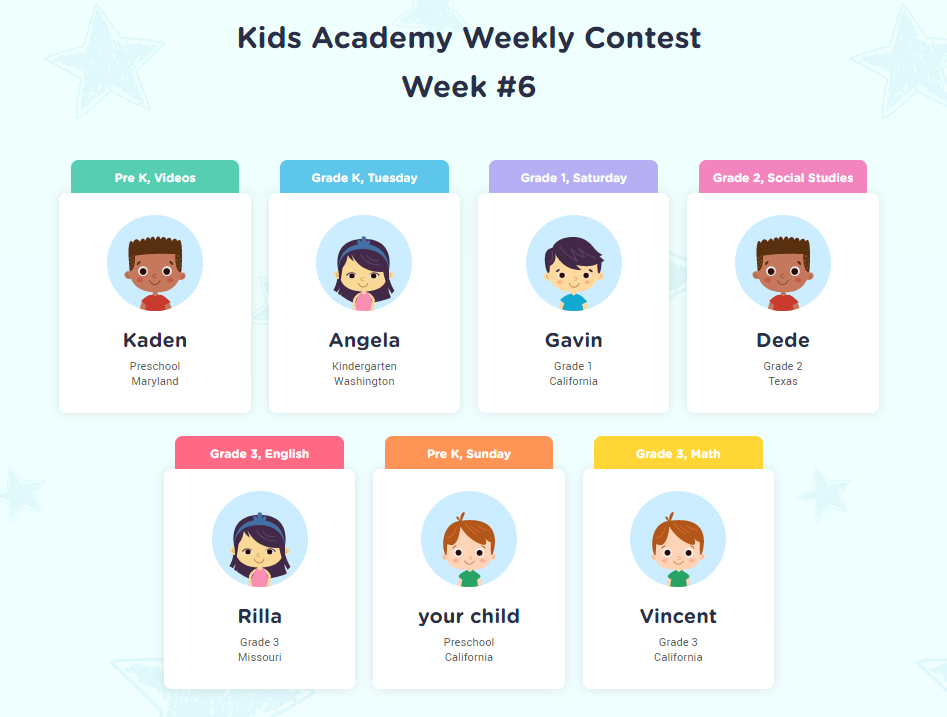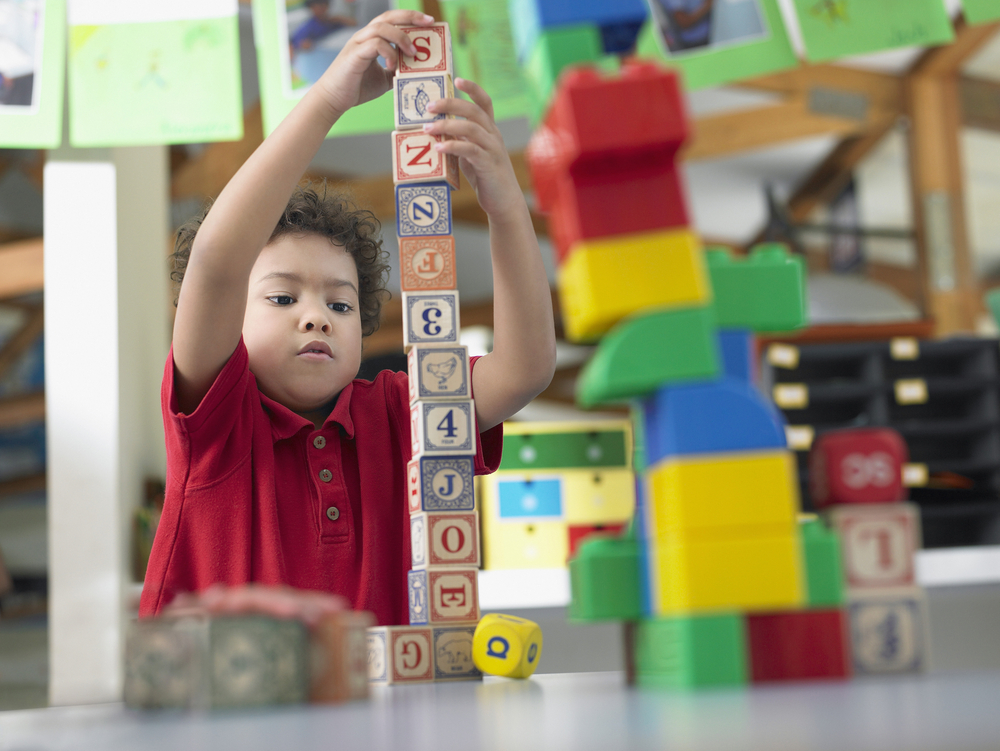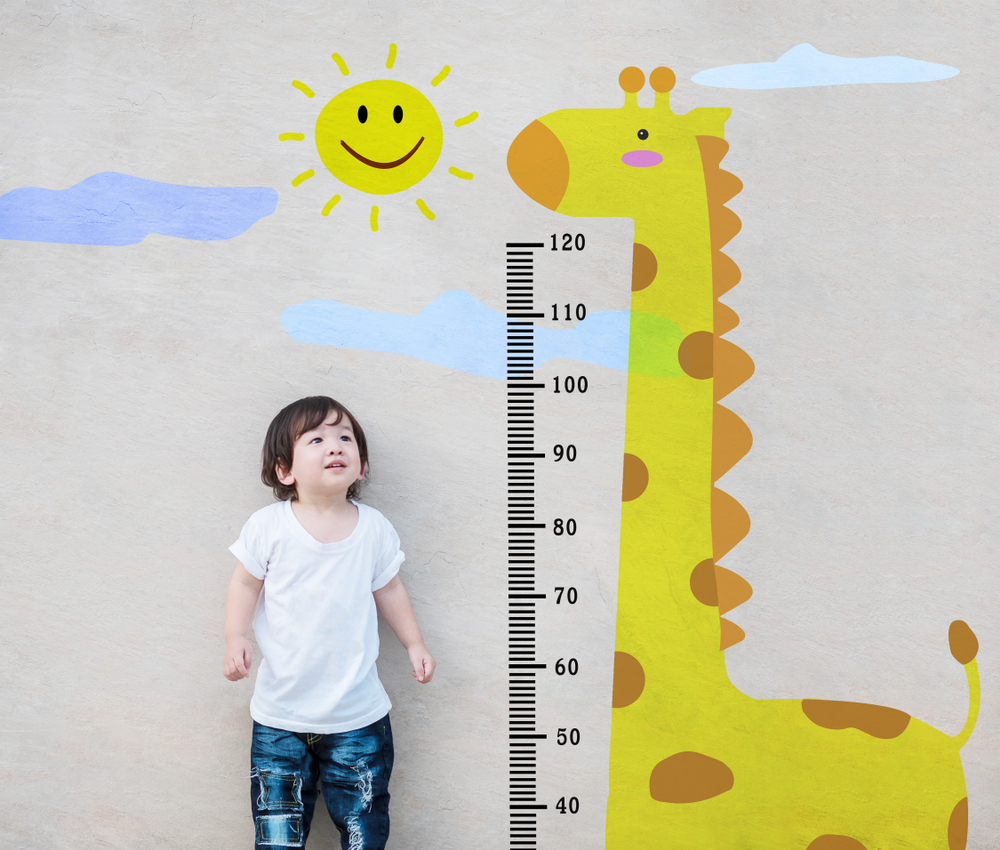Tracing Letters Worksheets Activities With Answers for Ages 3-5
56 filtered results
-
From - To
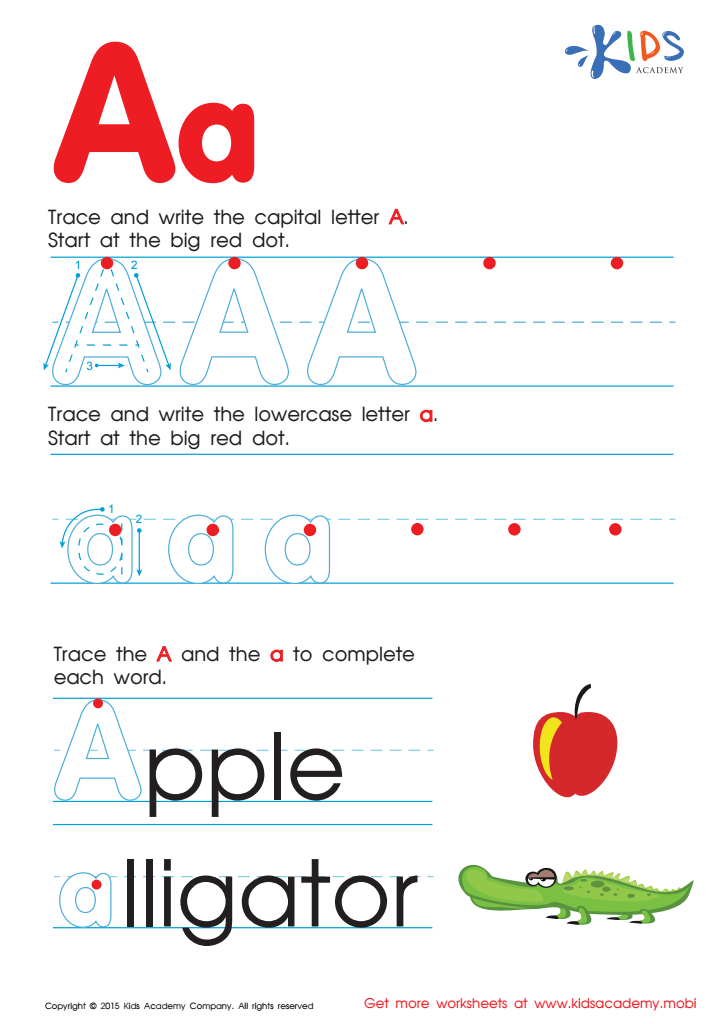

Letter A Tracing Page
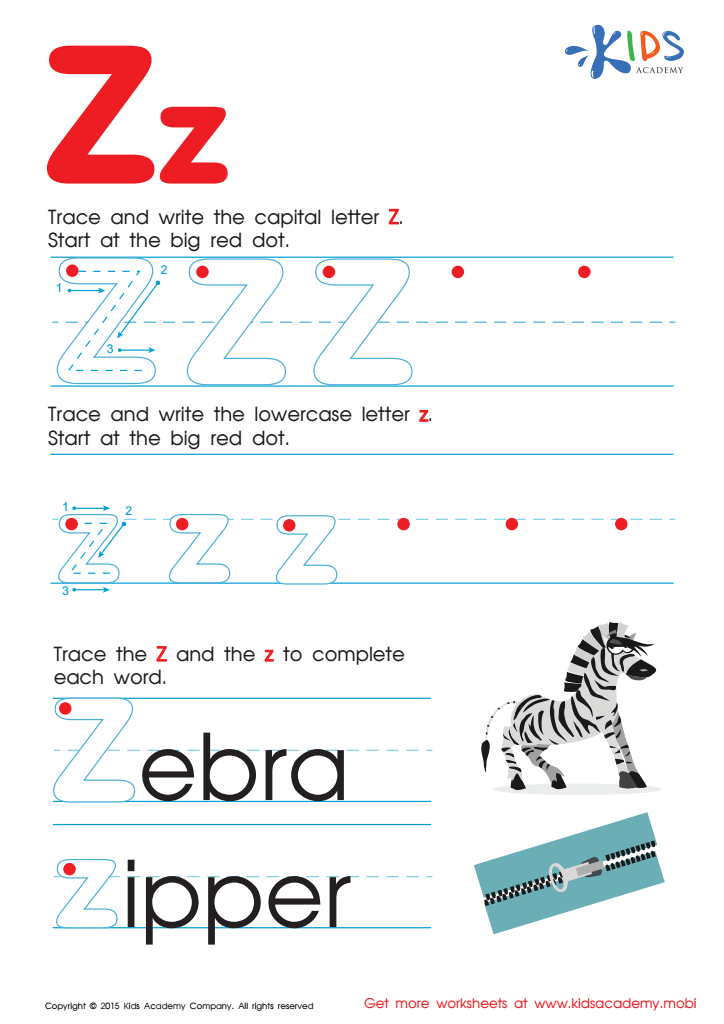

Letter Z Tracing Page


Letters J and K Tracing Worksheet


Letter U Tracing Worksheet
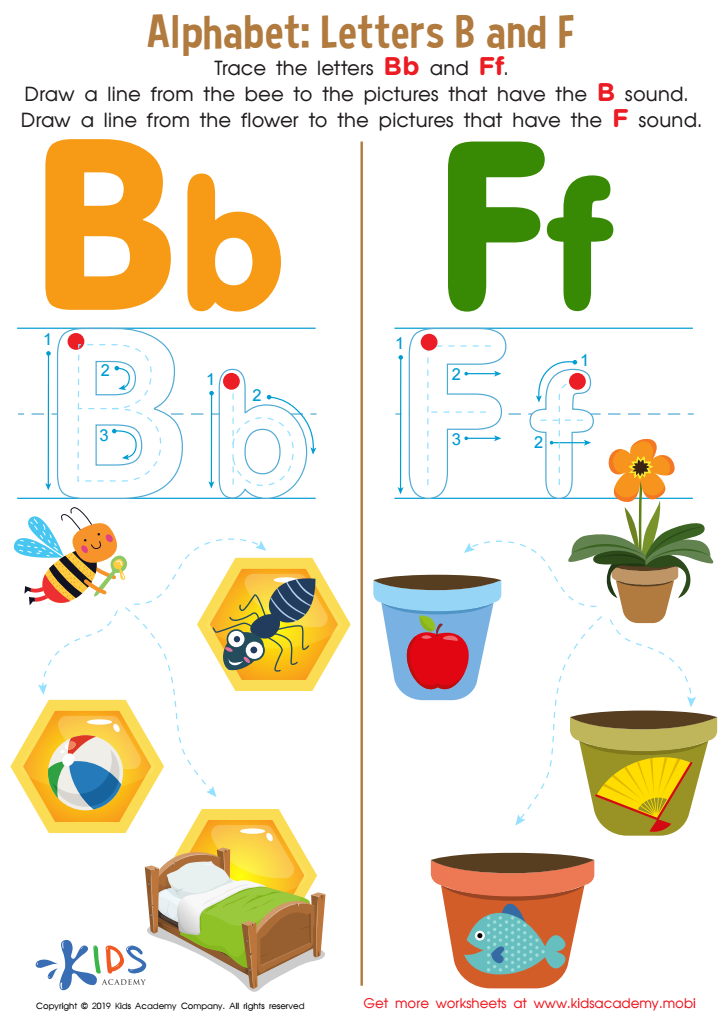

Letters B and F Tracing Worksheet
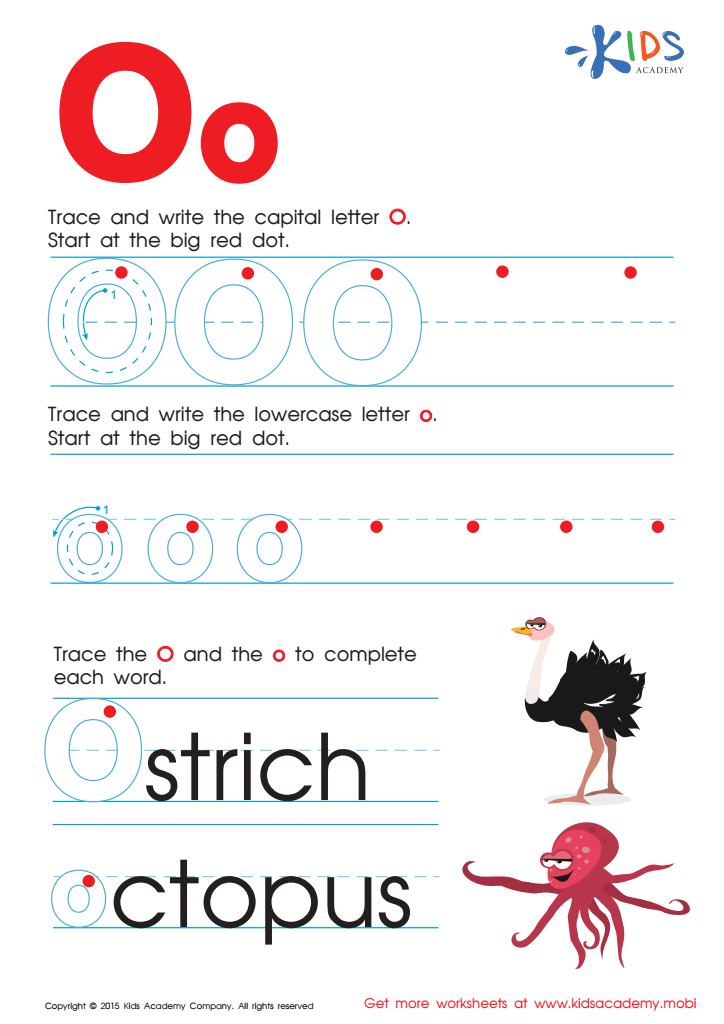

Letter O Tracing Page
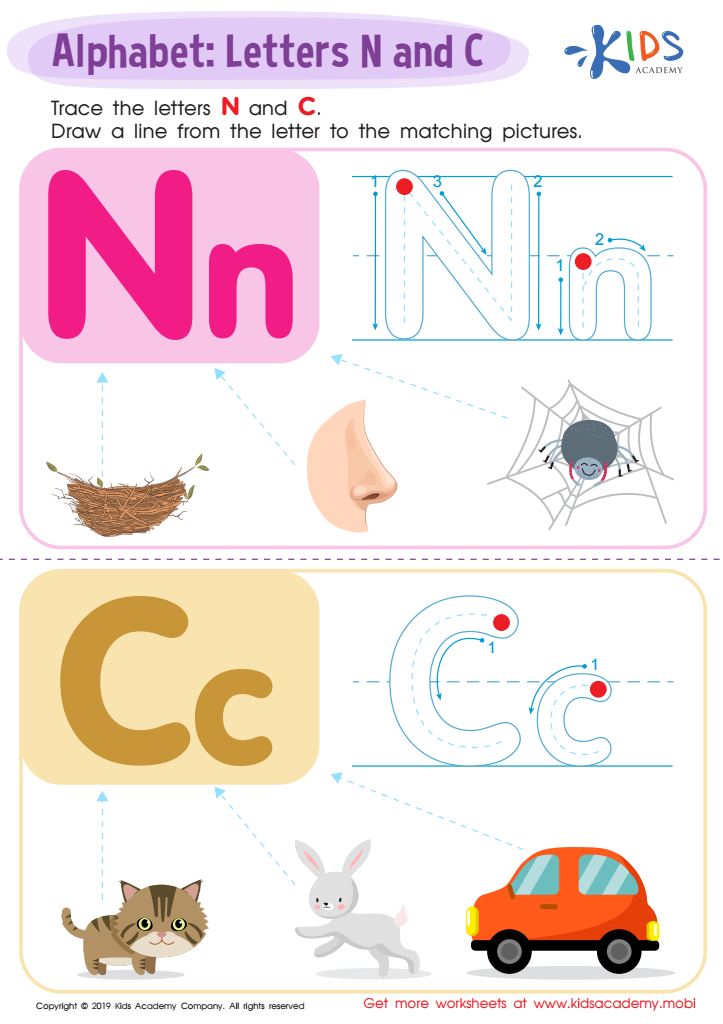

Letter N and C Tracing Worksheet
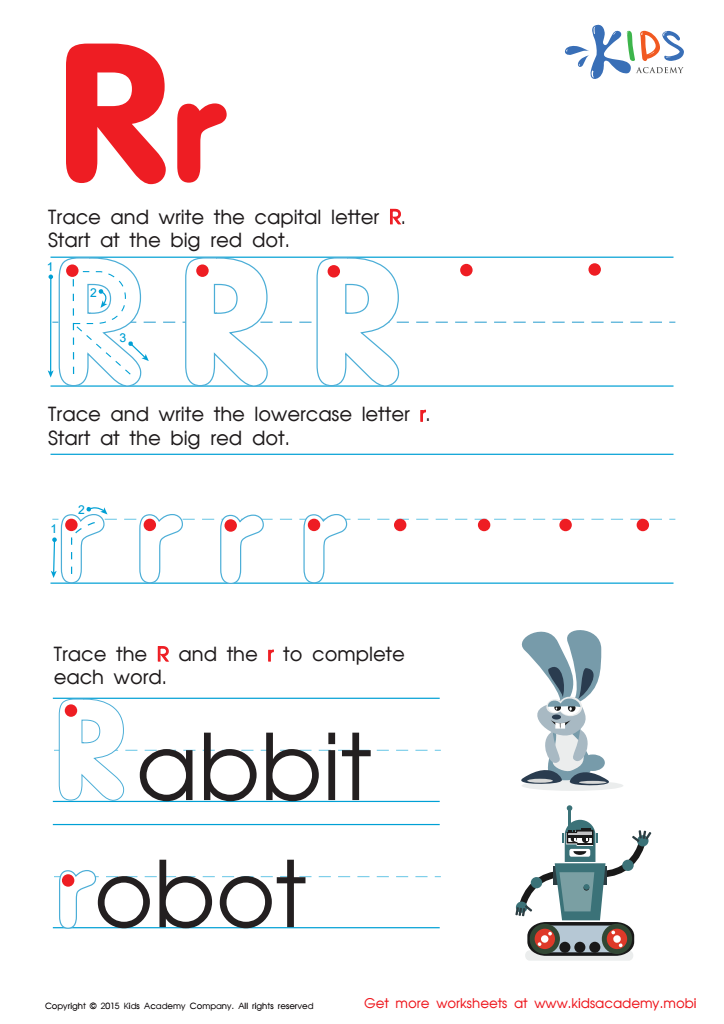

Letter R Tracing Page
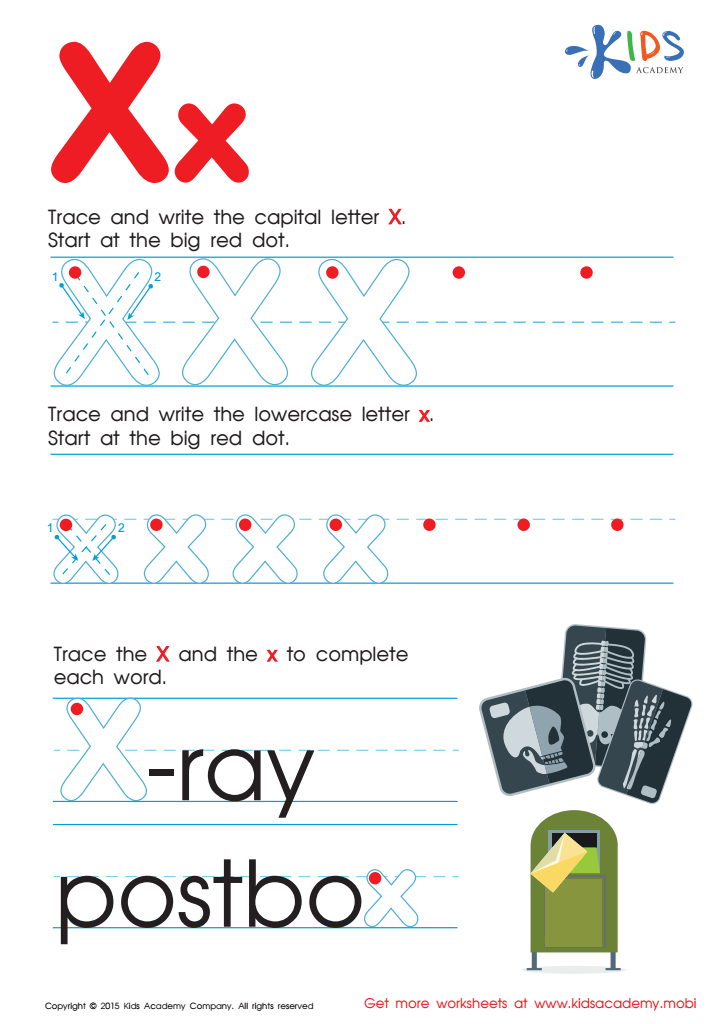

Letter X Tracing Page


Letter P Tracing Page
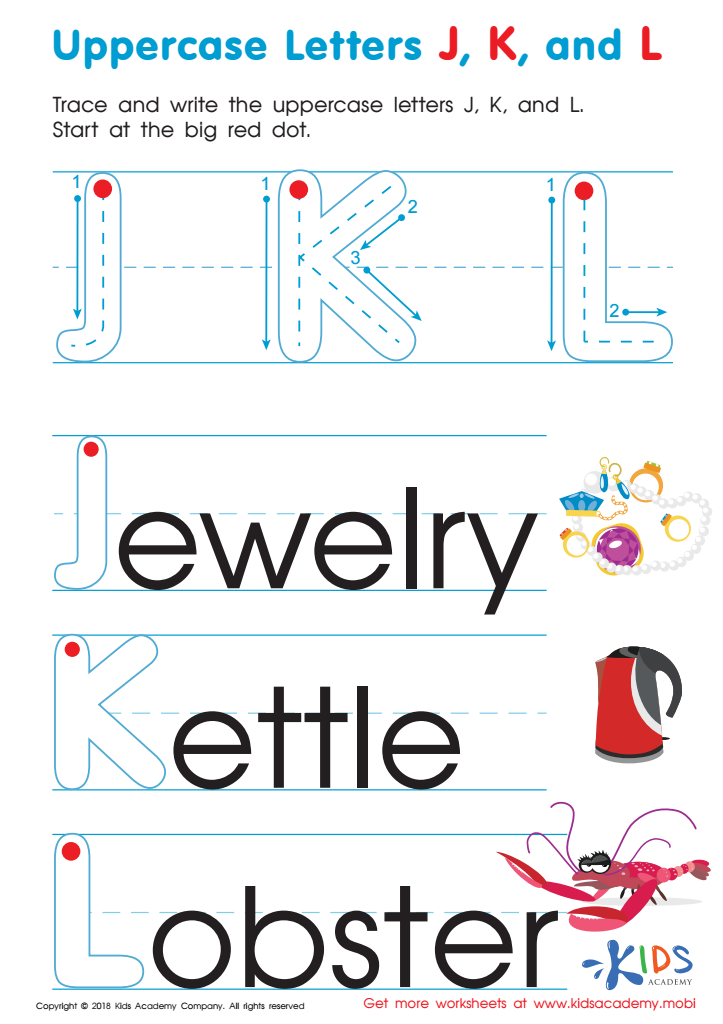

Uppercase Letters J, K, and L Worksheet
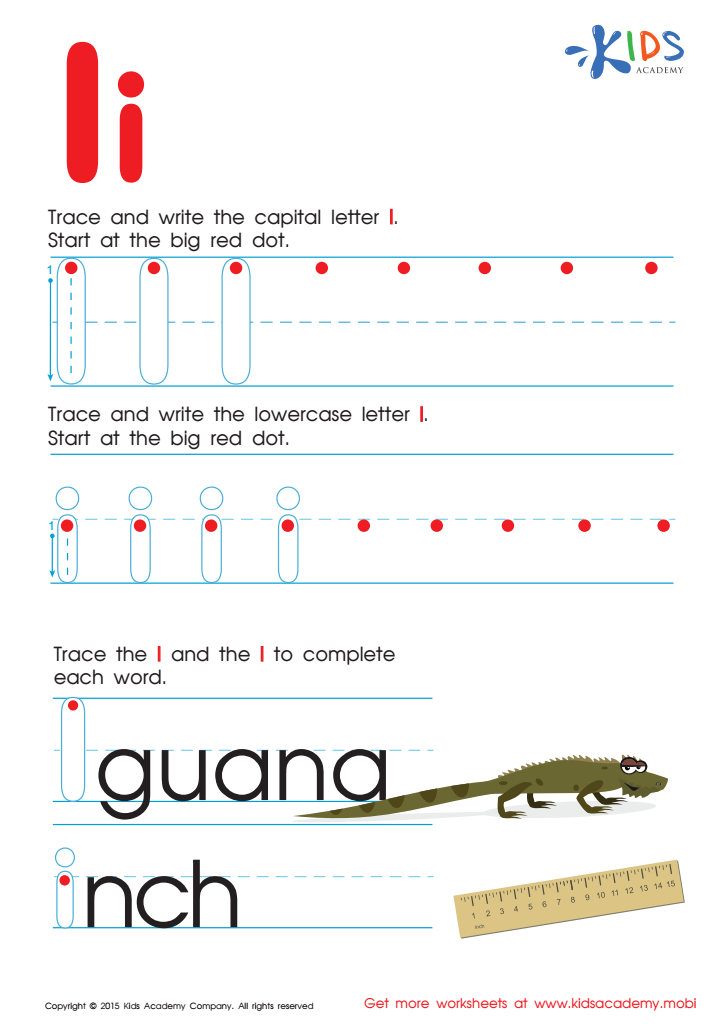

Letter I Tracing Page


Letter U Tracing Page


Letter Q Tracing Page
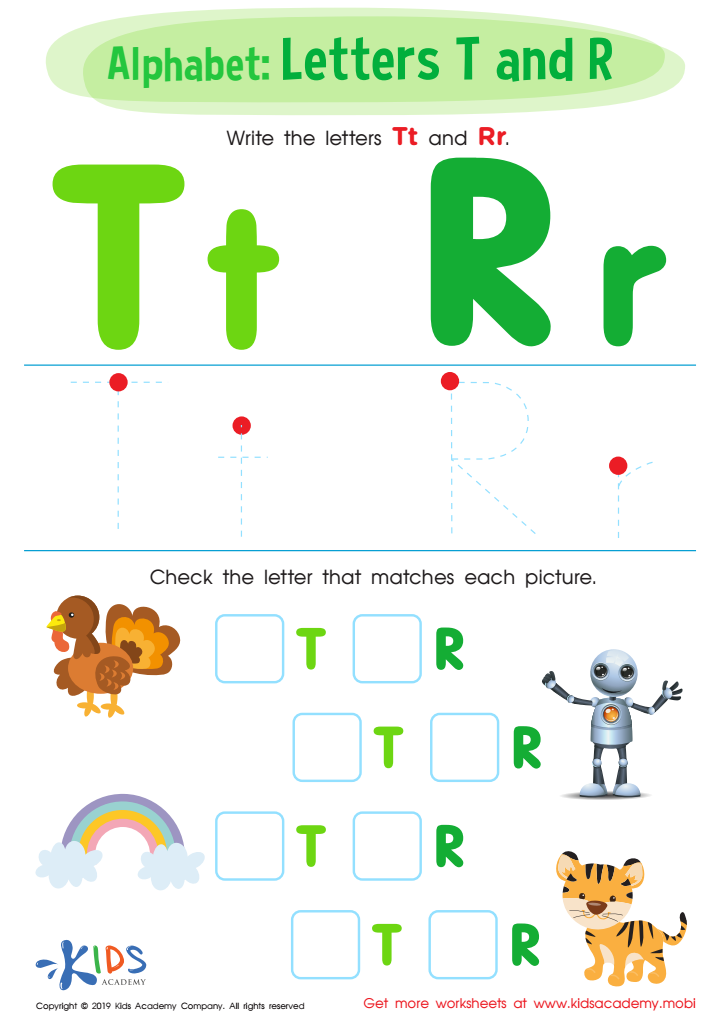

Letters T and R Worksheet
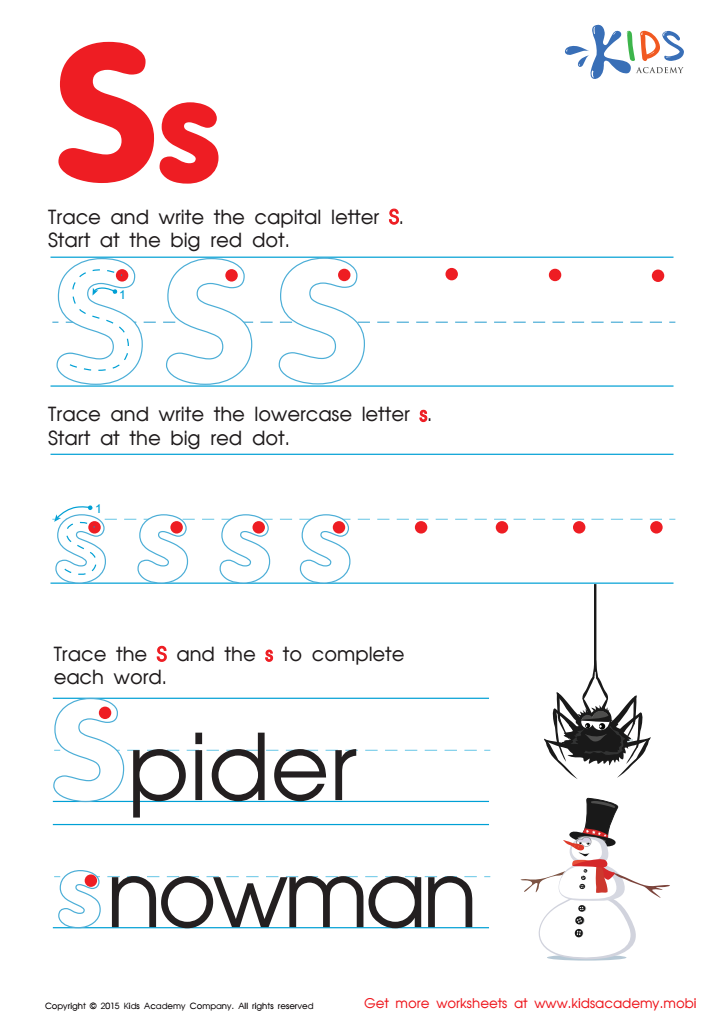

Letter S Tracing Page
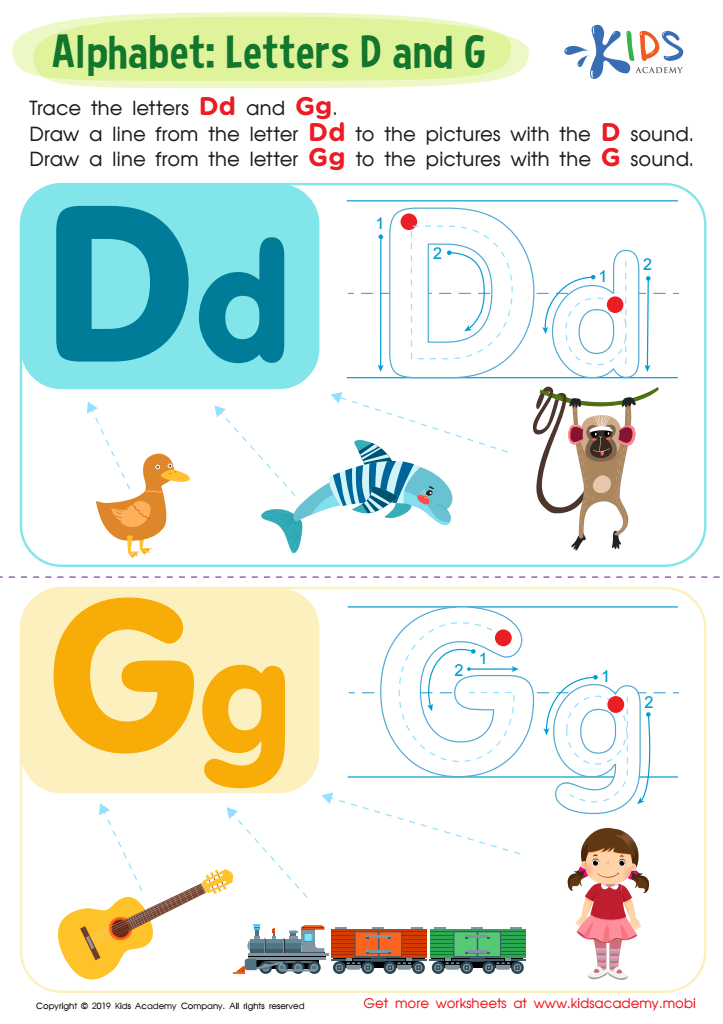

Letter D and G Tracing Worksheet
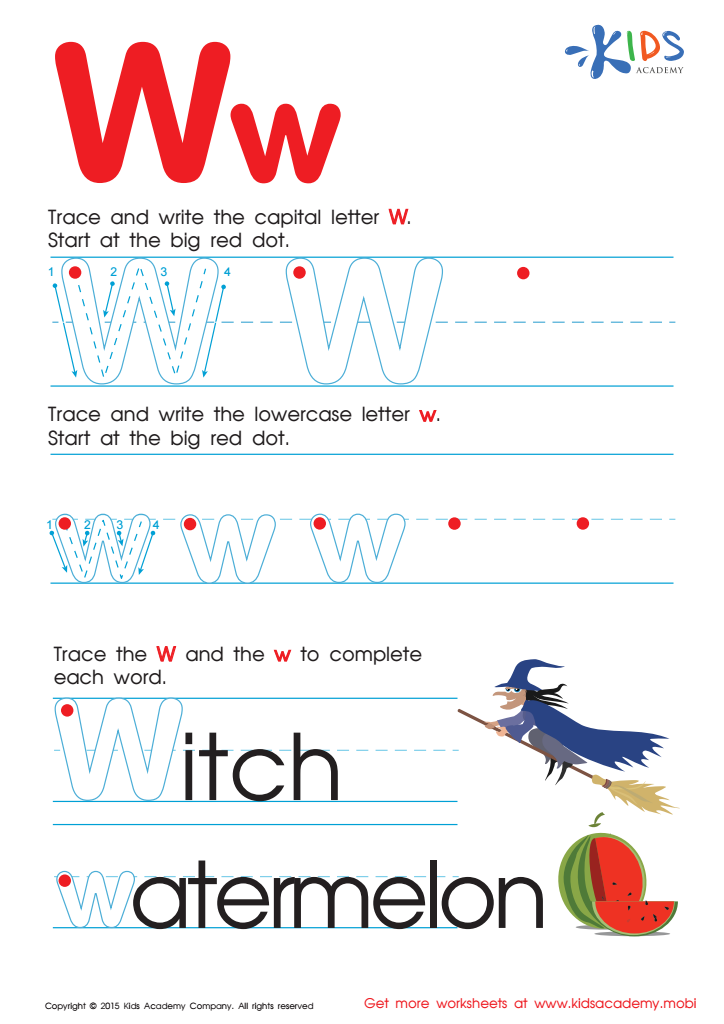

Letter W Tracing Page


Letter H Tracing Page
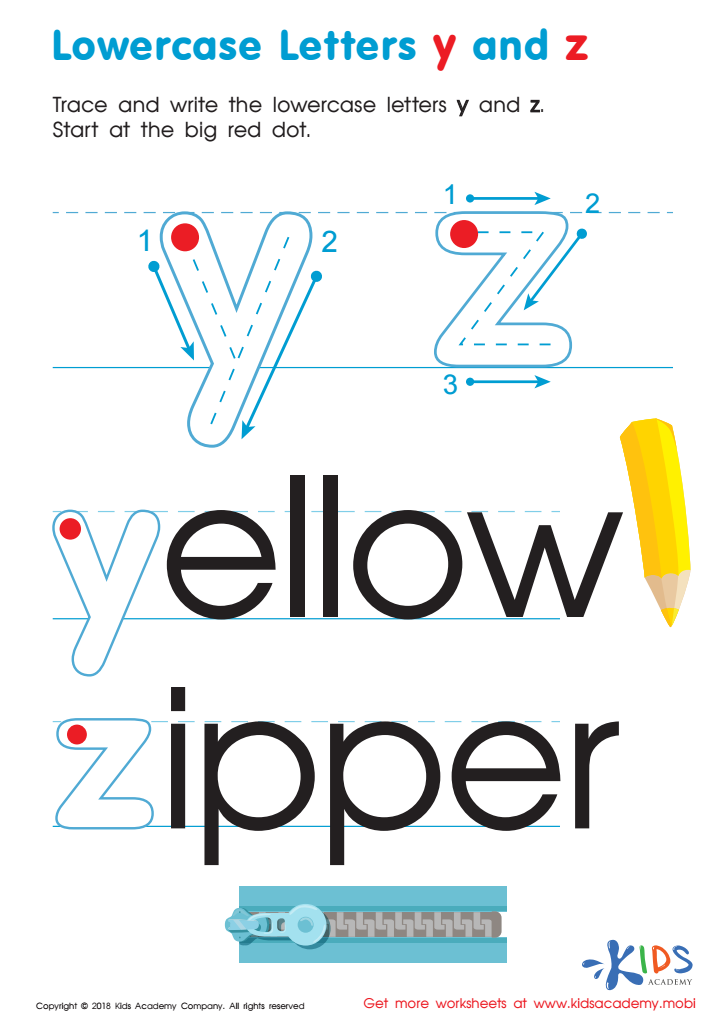

Lowercase Letters y z Worksheet
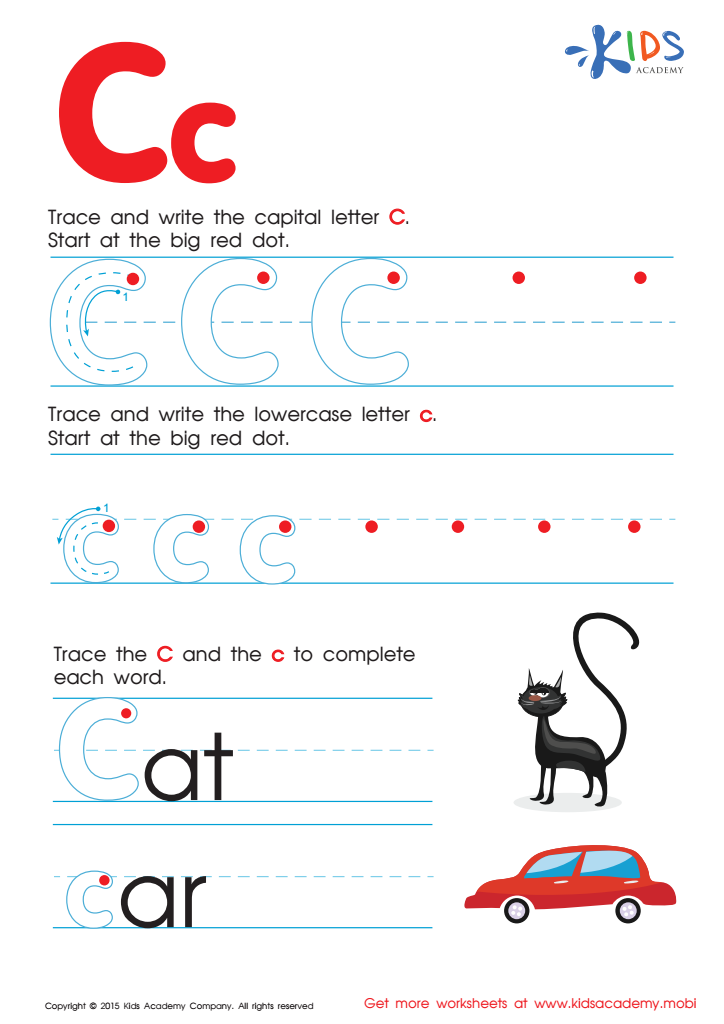

Letter C Tracing Page
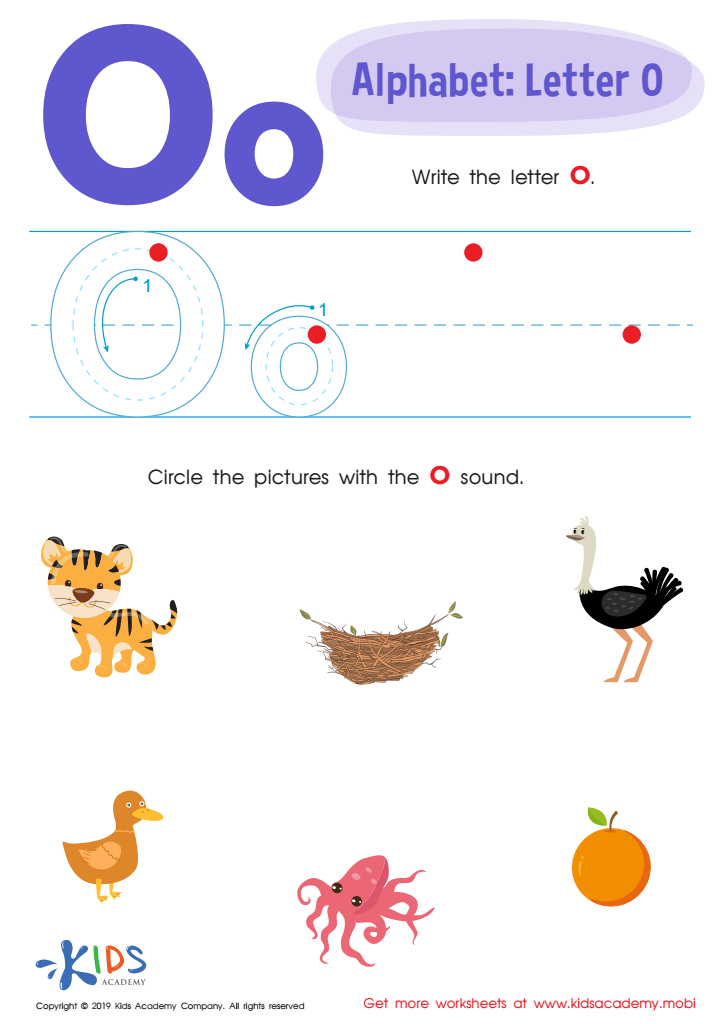

Letter O Tracing Worksheet
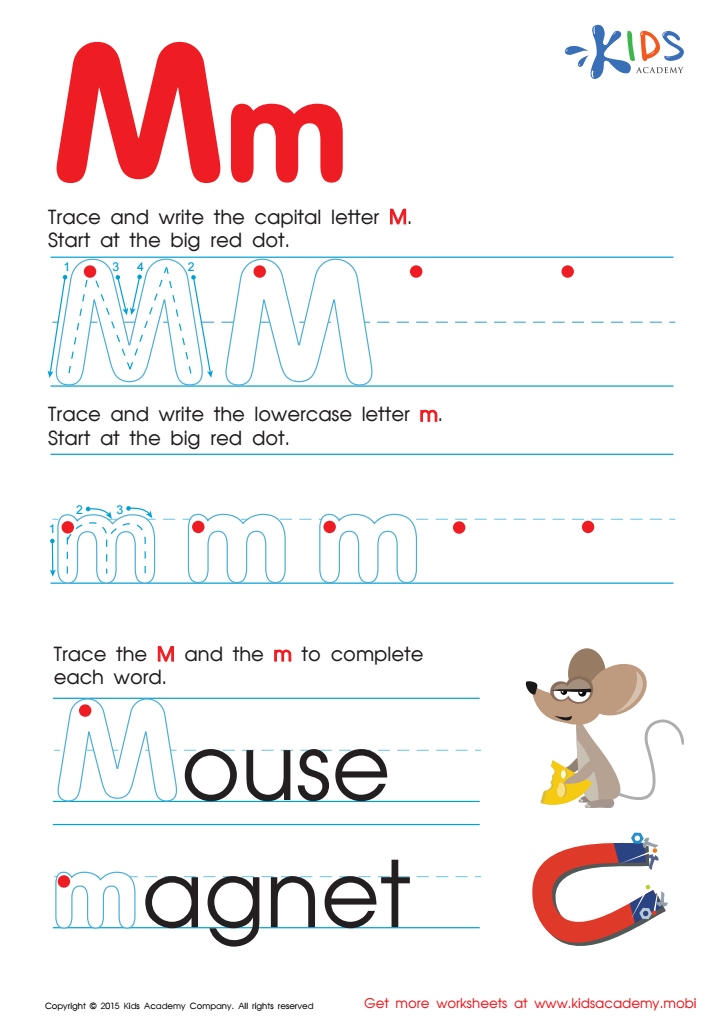

Letter M Tracing Page
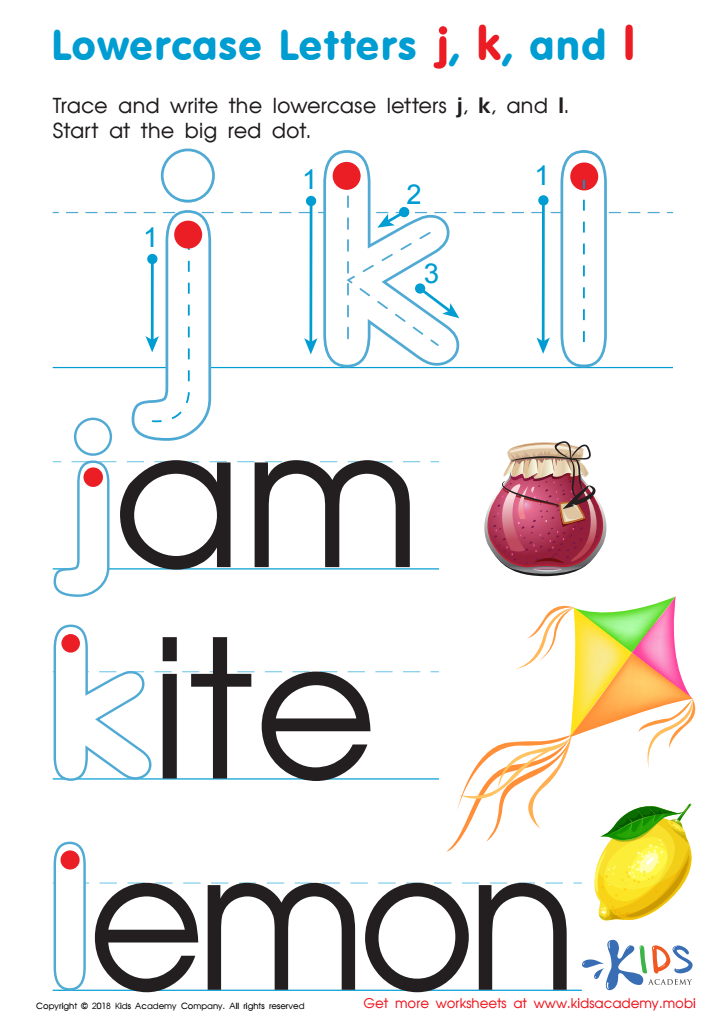

Lowercase Letters j k l Worksheet
Tracing Letters Worksheets Activities With Answers are an invaluable tool in early childhood education, providing a structured and interactive approach to learning the alphabet. These activities are not only engaging for young learners but also offer a multitude of educational benefits that support literacy skills from a foundational level.
Firstly, Tracing Letters Worksheets Activities With Answers help in improving fine motor skills. The act of tracing requires control and precision, which strengthens the muscles in the hands and fingers. This dexterity is essential, not just for writing, but for performing everyday tasks with ease.
Secondly, these worksheets serve as a guided introduction to letter recognition. By tracing letters, children become familiar with their shapes and sounds, laying the groundwork for reading. This repetitive practice ensures that the association between the visual letter and its phonetic sound is reinforced, making the learning process more effective and enduring.
Moreover, Tracing Letters Worksheets Activities With Answers provide immediate feedback. This is crucial in the learning process, as it allows children to correct their mistakes in real-time and understand the correct form of each letter. The inclusion of answers or correct tracing patterns guides the learner towards the accurate representation of letters, promoting a sense of achievement and encouraging further practice.
Additionally, these worksheets are versatile, catering to various learning styles. Whether a child is a visual, auditory, or kinesthetic learner, tracing activities can be adapted to meet their individual needs. For example, visual learners can benefit from colorful worksheets, while kinesthetic learners can trace letters using different materials, such as sand or rice, to heighten the sensory experience.
In conclusion, Tracing Letters Worksheets Activities With Answers are a foundational tool in early literacy development. They not only enhance fine motor skills and letter recognition but also provide a structured yet flexible approach to learning the alphabet, ensuring that children are well-prepared for their journey into the world of reading and writing.
 Assign to My Students
Assign to My Students



